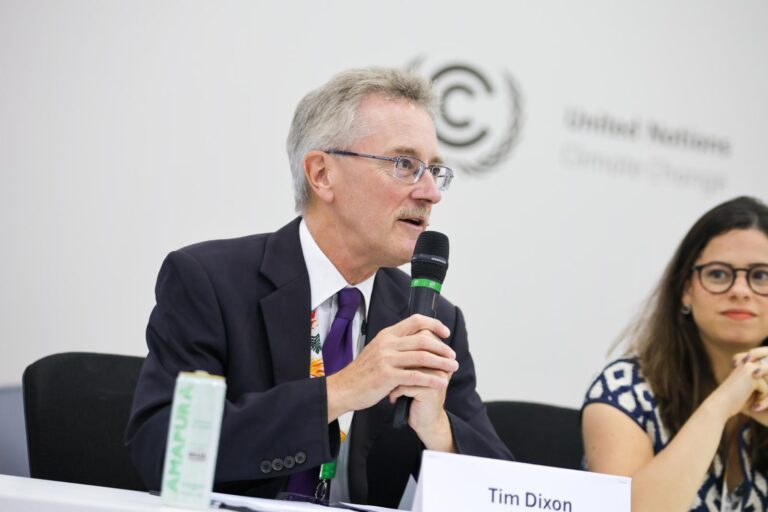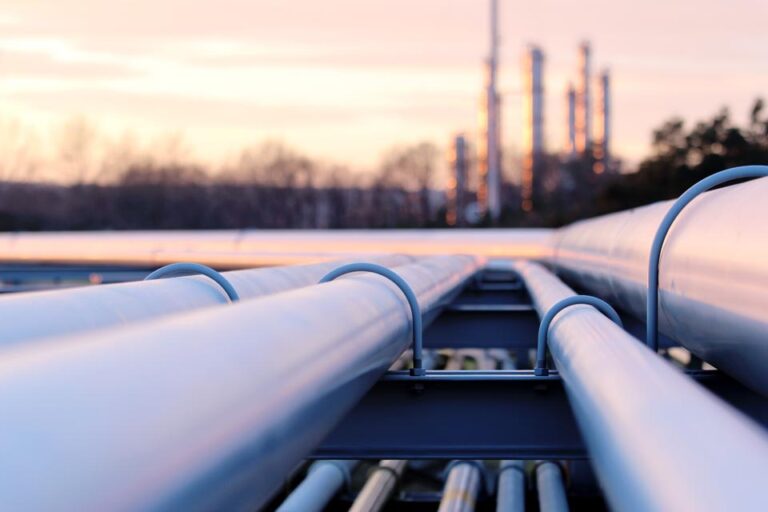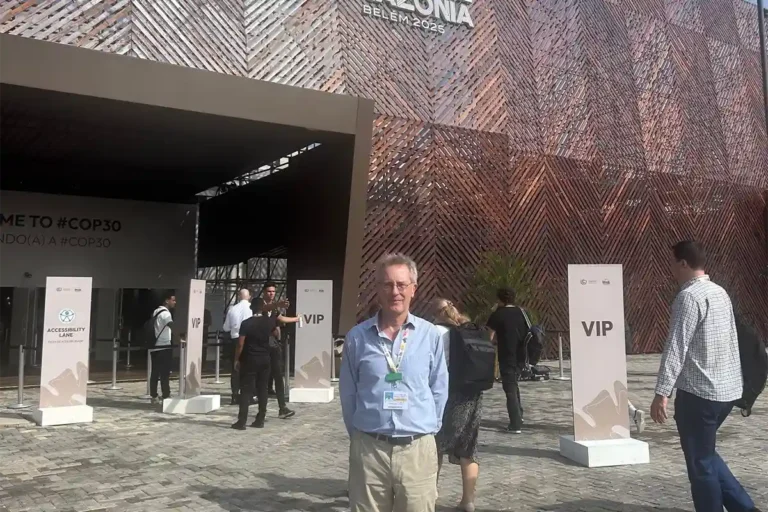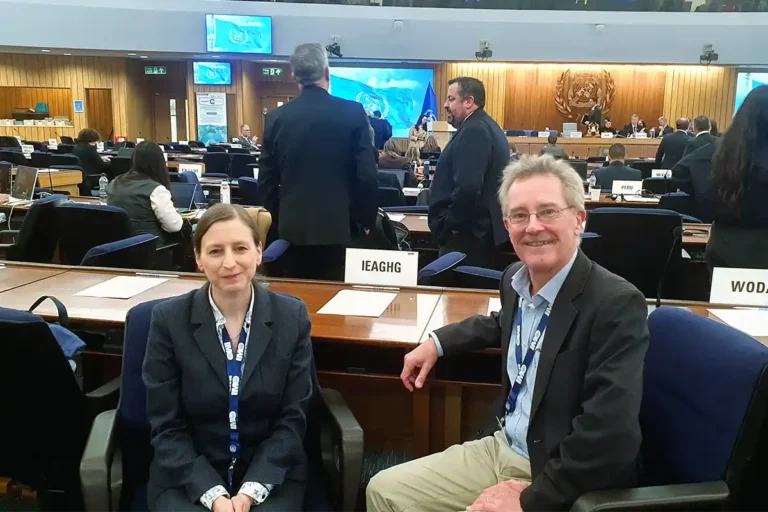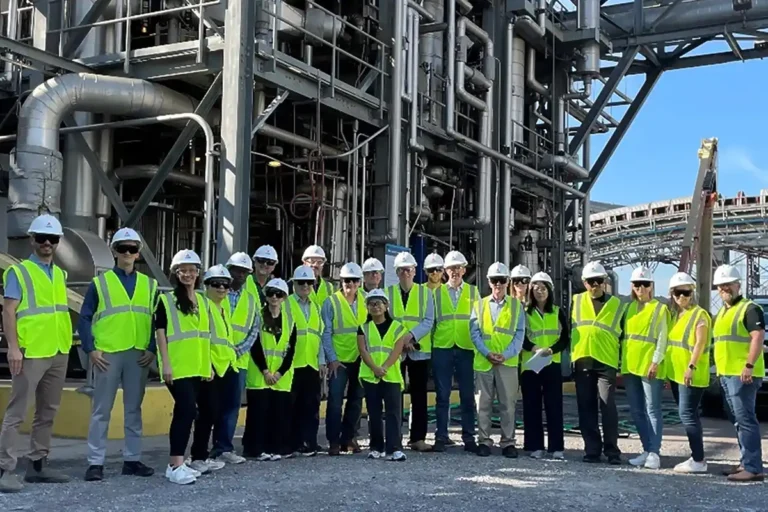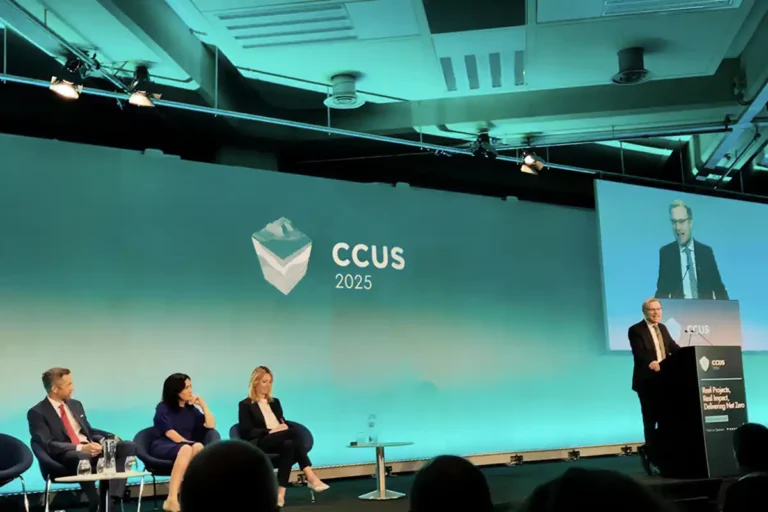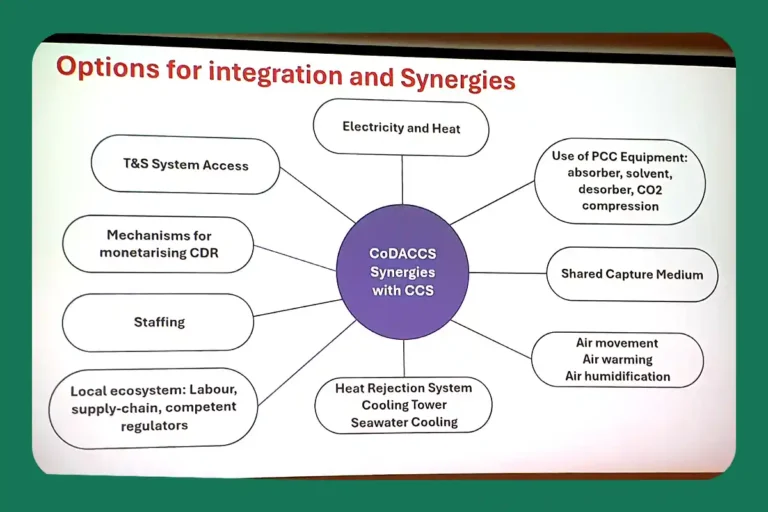
A triumph for Science and Policy
14 July 2016

Whilst we have been familiar with articles telling us that global surface temperatures are increasing month on month, water resources are increasingly stressed and that glaciers and ice sheets around the world are melting quickly at least there is some good news out there.
A new study published in the Journal Science tells us that the Antarctic ozone hole has now started healing itself. Research by US and UK scientists shows that the size of the ozone void has shrunk, on average, by around 4m sq km since 2000. The measurements were taken from the month of September in each year, when the ozone hole starts to open up each year.
The emergence of the ozone hole was a significant research topic in the 1980, which identified Chloroflourocarbon’s (CFC’s) as the cause. This led to their inclusion under the Montreal Protocol and subsequently to their phase out.
The problem now is that the chemicals used to replace CFC’s in aerosols and refrigerators are not damaging to the ozone layer but are high GWP gases. Let’s hope that the Montreal Protocol can move to include chemicals like Hydroflourocarbons (one of the replacements for CFC’s) later this year and be equally effective in phasing these gases out replacing them with chemicals that are not ozone depleters and have low GWP’s.
Other articles you might be interested in
Get the latest CCS news and insights
Get essential news and updates from the CCS sector and the IEAGHG by email.
Can’t find what you are looking for?
Whatever you would like to know, our dedicated team of experts is here to help you. Just drop us an email and we will get back to you as soon as we can.
Contact Us NowOther articles you might be interested in
Get the latest CCS news and insights
Get essential news and updates from the CCS sector and the IEAGHG by email.
Can't find what you are looking for?
Whatever you would like to know, our dedicated team of experts is here to help you. Just drop us an email and we will get back to you as soon as we can.
Contact Us Now


